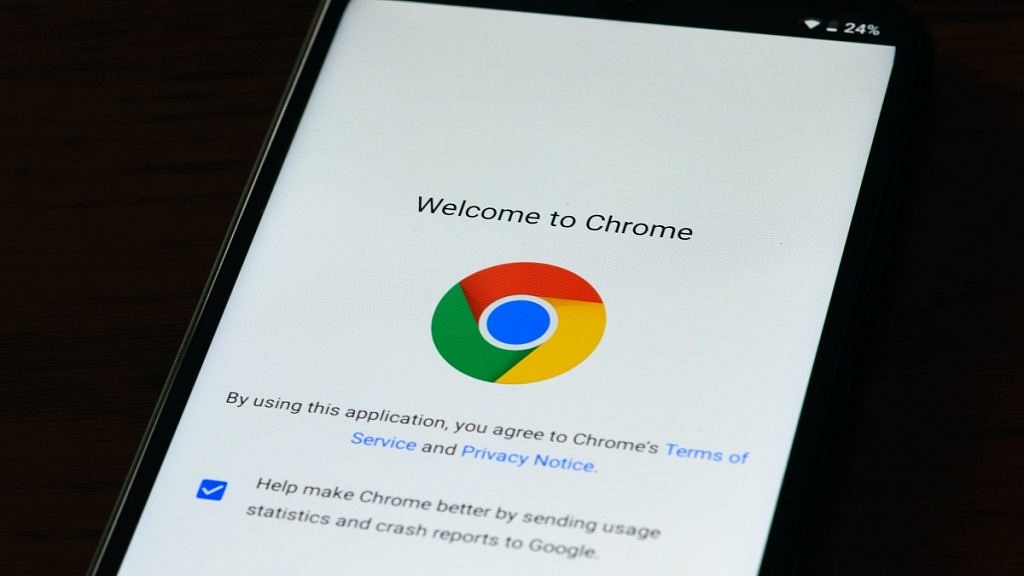Key Highlights
- Google keeps third-party cookies in Chrome
- Google continues investing in the Privacy Sandbox
- Tests show strong ad performance recovery with Privacy Sandbox technologies
Google has decided to keep third-party cookies in its Chrome browser, marking a significant shift from its previous plans. Instead of eliminating these cookies, Google is introducing a new experience in Chrome. This allows users to make informed choices about their web browsing preferences. Users can adjust these settings at any time, giving them control over their privacy.
Also Read | Gmail Tips And Tricks: How To Secure Your Google Account With Two-Factor Authentication
Engaging With Regulators

Google has already begun to discuss this revised strategy with authorities, including the Information Commissioner’s Office (ICO) and the Competition and Markets Authority (CMA) of the United Kingdom. Although specifics are still lacking, this new approach suggests a more adaptable and user-focused methodology. Perhaps taking a cue from prior setbacks, Google has decided not to specify a firm date for these improvements, in contrast to earlier intentions.
The Sandbox Stays
With the goal of striking a balance between online privacy and a thriving ad-supported internet ecosystem, the Privacy Sandbox is here to stay. Users may choose to reject third-party cookies as a result of this strategy, which would improve the effectiveness of the Sandbox’s APIs for targeted advertising without the need for cookies.
A Possible Shift In User Behavior
This new tactic might be similar to Apple’s transparent app tracking policy. Users can decide whether to give apps access to their data in this way. Should Google’s strategy be successful, it might influence user behavior about third-party cookies in a manner akin to Apple’s influence on mobile identifiers.
Promising Test Results
Alongside the announcement, Google shared promising test results of its alternatives. Tests from January to March showed significant recovery in advertiser spend and return on investment (ROI). For instance, advertiser spend recovery was 89 percent in Google Display Ads and 86 percent in Display & Video 360. Conversions per dollar recovered by 97 percent in Google Display Ads and 95 percent in Display & Video 360. These findings suggest that Privacy Sandbox technologies can help recover ad performance without third-party cookies.
Industry Reactions
Even with the encouraging test findings, the advertising sector is still wary. Because the Sandbox isn’t widely available, publishers have had trouble testing it. Due to prior delays in the third-party cookie deprecation process, some have ceased allocating resources for Sandbox testing.
Impact On Chrome Users

This development is concerning for Chrome’s 3 billion users. Most users do not frequently change their browser settings and would benefit more from a browser that prioritizes privacy by default. Apple’s recent ad campaign highlights this issue, depicting users being constantly watched while browsing, reminiscent of Hitchcock’s “The Birds.” The ad portrays Safari as a privacy-focused alternative, emphasizing the importance of default privacy protections.
Also Read | Is Google Listening To Your Conversations? Adjust These Phone Settings ASAP
What This Means For You
For everyday users, this means that privacy settings in Chrome will become more customizable, but also more complex. While the option to choose your level of privacy sounds promising, it places the responsibility on users to understand and manage their settings. Many users might find this overwhelming or might not bother to adjust their settings at all, leaving them with less privacy protection than they might desire.
For the tech geeks, stay updated with the latest cutting-edge gadgets in the market, exclusive tech updates, gadget reviews, and more right on your phone’s screen. Join Giznext’s WhatsApp channel and receive the industry-first tech updates.
